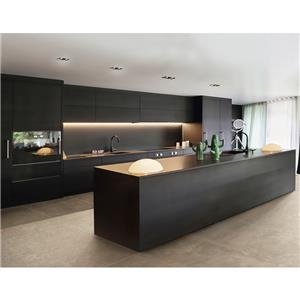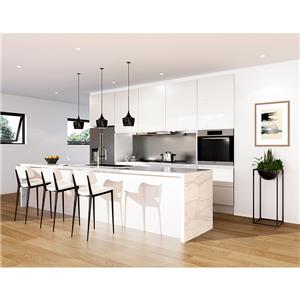How to Measure Kitchen Cabinets? - Hanse
Kitchen cabinets play a vital role in the functionality and overall aesthetics of any kitchen. Measuring kitchen cabinets is probably the most important step in the entire cabinet system installation process. Whether you're undertaking a renovation project or starting from scratch, understanding the space you're using from the outset is critical to avoiding costly mistakes later.
What you need:
Pen/pencil
Paper
Tape measure
Camera (or smartphone)
A pair of careful eyes
Some patience
A spirit level, if you have one
9 steps to measure kitchen cabinet:
Draw a general sketch of the kitchen
Before installing cabinets, you need to have a clear, accurate blueprint of your kitchen and everything in it. On a blank piece of printer or graph paper, sketch out the shape of the kitchen and make marks to indicate where the windows will be.
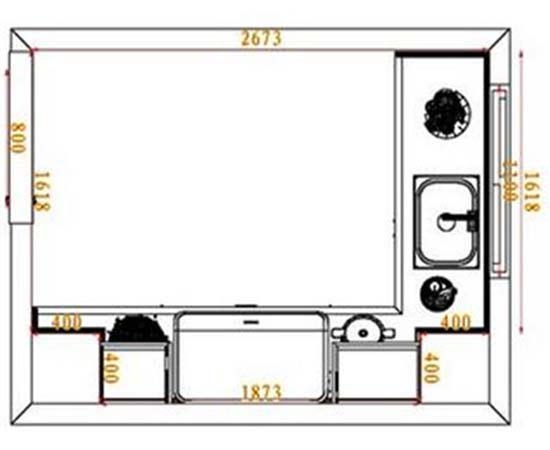
Measure the kitchen walls
The first step in measuring kitchen cabinets is to measure the walls of the kitchen where the cabinets will be installed. You need to measure the length and height of the walls to determine the amount of space available for installing the cabinets. Make sure to measure the walls from floor to ceiling, and then take note of the measurements.
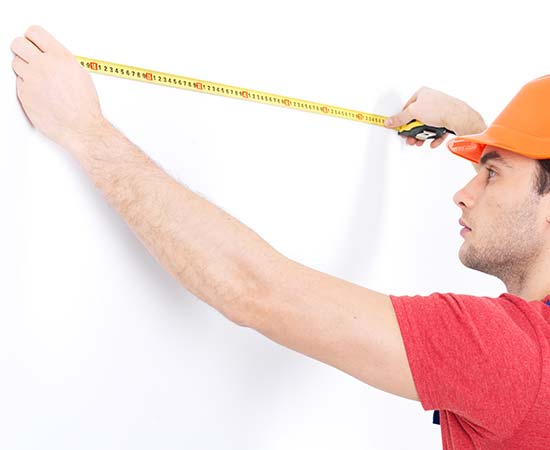
Get the measurements of any object attached to the wall
Objects attached to walls such as sinks, windows, and other major fittings are fixed to the wall. You should know how much space they take up, get a tape measure and calculate their length, width, and depth (if necessary). Record the measurement results.
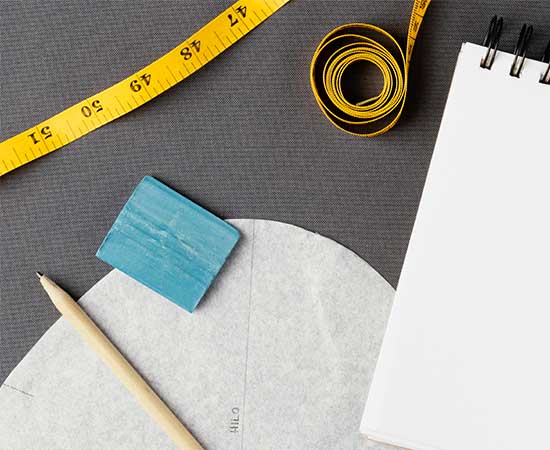
Measure the space for appliances
The next step is to measure the space where you plan to install appliances such as refrigerators, dishwashers, and ovens. Make sure to measure the width, height, and depth of each appliance to ensure that you have enough space to install them comfortably. Remember to take note of the measurements for each appliance and factor them in when calculating the overall cabinet size.

Measure the kitchen windows and doors
In addition to measuring the walls and appliances, you also need to measure the windows and doors in your kitchen. This is important as it will help you determine the amount of space available for installing cabinets around these areas. Measure the width, height, and depth of each window and door, and take note of the measurements.

Determine the cabinet layout
Once you have all the measurements, you need to determine the layout of the cabinets. This will help you determine the size and number of cabinets needed to fit into the available space. There are several cabinet layout options to choose from, including U-shaped, L-shaped, I-shaped, and galley layouts. Choose a layout that suits your needs and available space.
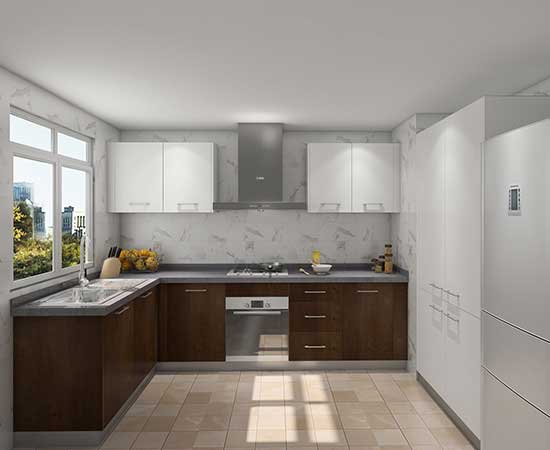
Measure the cabinet dimensions
The next step is to measure the dimensions of the cabinets you plan to install. Measure the height, width, and depth of each cabinet and take note of the measurements. You also need to measure the space between the cabinets, as well as the distance between the cabinets and the appliances, windows, and doors.
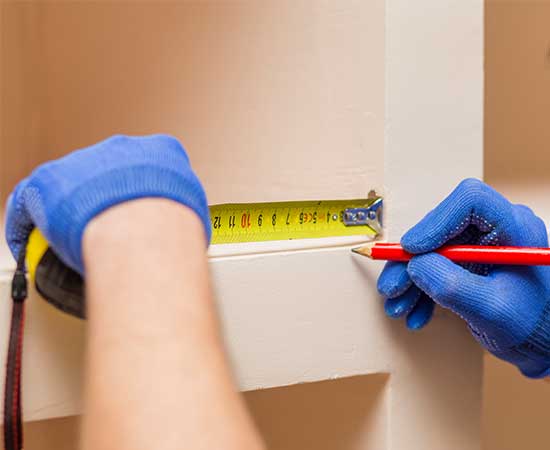
Make adjustments
After taking all the measurements, it is important to make adjustments to ensure that the cabinets fit perfectly into the available space. You may need to adjust the cabinet dimensions or the layout to ensure that everything fits snugly. You should also consider the location of electrical outlets and plumbing fixtures when making adjustments to ensure that they do not interfere with the installation process.
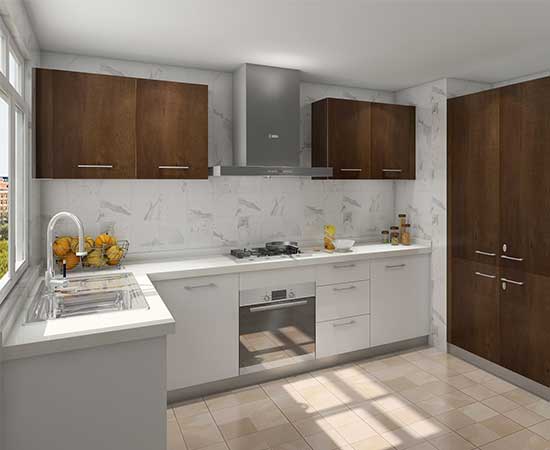
Take a picture of your current layout
We recommend taking a few shots from different angles of the room to help the designer see how everything fits in with your measurements.

Accurately measuring kitchen cabinets is critical to a successful kitchen renovation or remodeling project. By following these steps, you can ensure you get the correct size and choose the cabinets that best fit your kitchen space, creating a kitchen that is as functional as it is beautiful.
You may want to read:
How to update kitchen cabinets without replacing them?
How to paint kitchen cabinets without sanding?
FAQs
1. How to insulate kitchen cabinets?
Most cabinets are recessed and there may be a gap under the floor. You can seal these gaps with canned foam, which you can find at any home improvement store. By sealing these gaps with canning foam, you can help keep cold air out.
2. Is it expensive to replace kitchen cabinet doors?
Between $300 - $2000
The cost of replacing a kitchen cabinet door can vary depending on the size and style of the door, the material it's made of, and whether you choose to install it professionally or do it yourself. Factors affecting cost: door material, door style, door size, hardware, installation.



